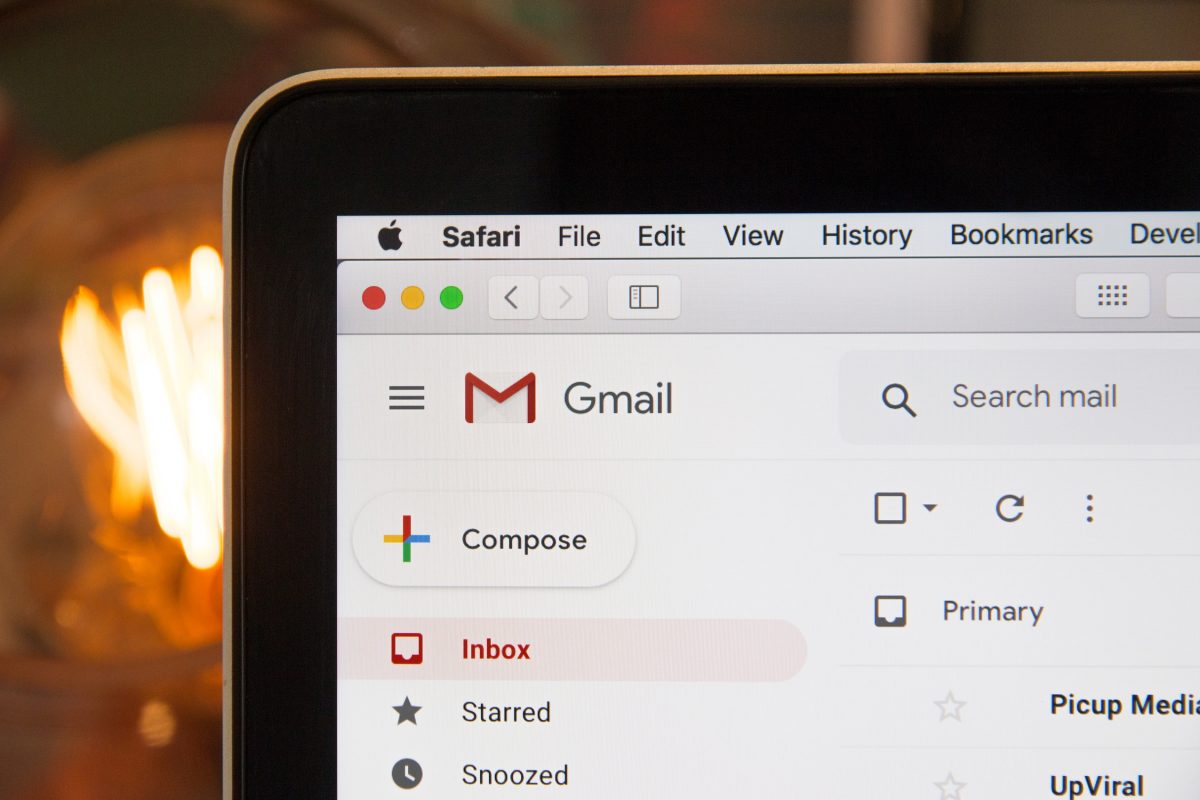The number of emails sent each day, as per estimates, reached a whopping volume of 306.4 billion in 2020. As far the efficacy of email – as a mode of communication – is concerned, every $1 spent on email marketing results in a return of $44. Interestingly, non-promotional welcome emails have proved much more effective than regular promotional emails in attracting revenue. They end up earning 320% more, on a per email basis, than other promotional emails.
With these insights as a context, nonprofits must keep boosting their email subscribers to increase the chances of them becoming or remaining donors and supporters in the future. Here, we present you with the top four ways to boost your email subscribers.
1. Offer Compelling Value
The core purpose of your nonprofit email should be to offer value. The data, information, or insights you provide in your emails should be relevant to your target group. To ensure that you are sending appropriate content to your audience, you need to have accurate and detailed data about your donor base. Nonprofits may gather such data leveraging through multiple avenues, including event registrations, membership details, and more. If you are sending out an event invitation mail, you can check beforehand who among your email list had attended this event in the past. It helps make your content relevant and valuable to the receiver.
To give an example: the American Red Cross knows that their patrons associate them with certain types of events. The Red Cross leverages this insight by offering to provide alerts on those events via email. Since one can always see the Red Cross active during disasters, the email audience finds compelling value when the Red Cross says they will provide disaster alerts along with preparedness tips and insights on ways to get involved.
2. Your Email Sign-Up Landing Page Should Be Effective
How are you asking your audience to sign up to receive your emails? An email sign-up landing page (or page section) should be simple and straightforward, with a headline and a clear call-to-action. Something like “Want to stay up-to-date with our organization? Sign up below to receive occasional emails with news, announcements, and project updates.”
One vital tip to remember here is to keep the number of fields on your sign-up form low. A complex email sign-up form that includes fields beyond name and email address may dissuade the user from signing up. It is better to group form fields as much as possible.
3. Offer Additional Resources
To incentivize new subscribers to join your email list, you can always add resources that add value. Such added incentives may include eBooks, white papers, access to a resource center, paywalled articles, or downloads.
Even if you do not have the resources to create ebooks or white papers from scratch, you can repurpose your existing thought leadership material, such as blog posts, webinar presentations, or infographics. Tell users they can access these resources when they sign up for your email list.
4. Design Shareable Newsletters
One of the most effective ways of boosting your email subscribers is to use your audience as your brand ambassadors. Create content that the receivers feel like forwarding to their contact list. It should offer value and, at the same time, should be presented in a reader-friendly format. The design should be sleek and uncluttered. Use sub-headers and bulleted lists that help the reader quickly read and understand. If your email tells a good story or gives valuable information, it is much more likely that it will be shared among a user’s network.
So, in conclusion:
- Your emails should offer value to your readers.
- The readability and design of the email should be uncluttered and clean.
- Occasionally supplement emails with additional incentivizing resources.




 5 Easy Ways to Improve Nonprofit Engagement
5 Easy Ways to Improve Nonprofit Engagement